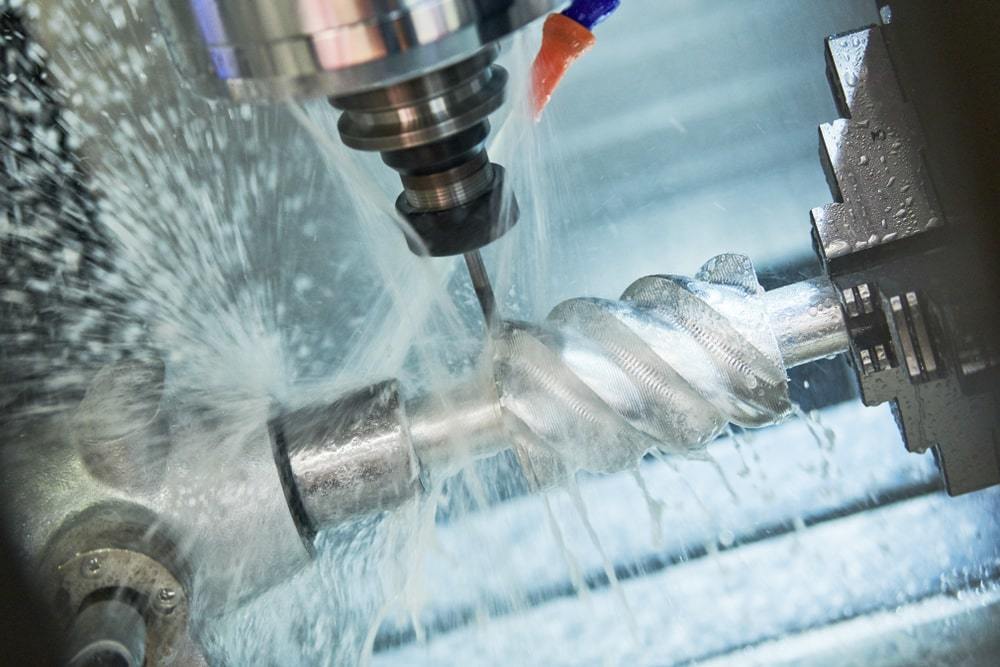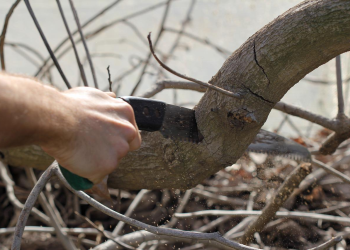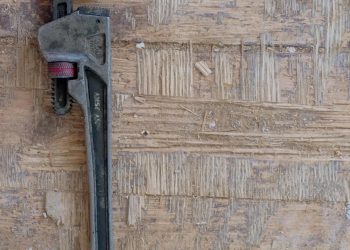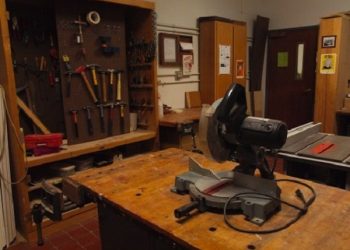Table of Contents
When it comes to woodworking, there are two main categories of CNC tools that are used. Under these categories, you’ll find six types of tools used for CNC wood cutting. All six of these tools use a process known as subtractive manufacturing in order to shape the workpiece. While those that are classified as CNC routers, use a high-powered spindle that rotates a cutting bit at high speeds to remove material, those that are classified as lasers, use an intense beam of light to remove that material.
CNC Router
Routers were the first type of CNC wood cutting machines that were made readily available to woodworkers. Over the years, the design of these tools have improved drastically, and as a result, the quality of work produced using them has increased as well. Today, you can find CNC routers with either a 3-axis, 4-axis, or 5-axis setup.
3-Axis Router
Considered to be the most traditional form of CNC router, a 3-axis router is able to cut along the length, width, and height of the workpiece material. Because of its limited axes, the 3-axis router is the simplest to program. In use, the sets of stepper motors control the movement of the cutting bit across the work surface. Once the work material has been securely fastened to the table, an operator only needs to monitor the progress.
4-Axis Router
Because of the fact that the cutting bit on a CNC router is always making contact with the work surface, its interaction with the material results in drag and friction in the system. This creates an issue, especially when you are trying to make smooth round cuts into your workpiece. In order to compensate for the flaws of the 3-axis systems, a 4-axis router rotates the workpiece across its horizontal plane.
5-Axis Router
In both the 3 as well as 4-axis routers, you are only able to work on the surface facing up towards the cutting bit. This naturally causes an issue when some products require undercuts or any form of work on either the sides or bottom. To overcome the flaws of the 3 and 4-axis routers, a 5-axis router allows the workpiece to be rotated along both the horizontal and vertical planes, while the cutting bit continues to move on the X, Y, and Z axes
CNC Laser
In the metalworking industry, CNC machines have played an integral part in the manufacturing process. Likewise, most metal shops also make use of plasma or water jet cutters. In the woodworking industry, however, there was only the CNC router. As a result of the need for something that could cut through the wood in the same manner that plasma or waterjet cuts through metal, the laser cutter was born.
CO2 Laser
The first laser cutters used in the woodworking industry were CO2 lasers. Today, CO2 lasers are a very popular option because of their ability to cut wood with a high level of precision. Unlike a router, the laser uses a high-intensity beam of light that is generated inside of the CO2 tube, projected through a series of lenses and mirrors, until it is focused with pinpoint accuracy on the work material. Because it is a beam of light that is highly focused, the incisions made into the wood are often less than 1/10 of an inch wide. CO2 lasers are very efficient at cutting, and depending on the focal length used, can easily cut through most softwoods that are nearly half of an inch thick.
Single Diode Laser
Early experimenters began using the laser diodes from DVD burners in order to create the first generation of single diode lasers. These first do-it-yourself devices were not very powerful at all. But the use of single diode laser engravers began to grow in popularity. As a result, a lot of work and effort was put into developing laser modules that were capable of cutting through softwood and plywood that were a quarter of an inch thick.
Dual Diode Laser
One of the biggest drawbacks of the CO2 laser is the fact that the tube is considered consumable. As a result, it only lasts for so long and must be replaced on a regular basis. Because of this, the maintenance and operating costs of CO2 lasers can be quite high when compared to a diode laser. However, single diode lasers have already reached their maximum operating potential, which prevents them from cutting thicker material. To overcome this obstacle, manufacturers began creating laser modules that used two diode lasers instead of one, which combined the beams before going through the lens.
Choosing the Right CNC Wood Cutter
With so many great options to choose from, choosing the right machine for your particular needs can be a daunting task.
Both CNC routers and laser engravers work along the X, Y, and Z-axis, but they operate in very different manners. The router, for example, must travel up and down the Z-axis in order to cut deeper into the material. On the other hand, a laser engraver adjusts the intensity of the beam of light in order to control the depth of the cut.
The CO2 laser engraver is the most expensive option on the market today, and all the tools and accessories needed for proper operation must be purchased through specialty retailers. The CNC router is a more affordable option, and the tools and bits needed for proper operation can be found at any local hardware store. Diode lasers require limited tools or accessories, most of which today, are still a product of do-it-yourself experimentation.
In the long run, both CO2 and diode lasers will use more electricity for operation. They also tend to release toxic fumes when cutting into common materials such as plywood and acrylic. CNC routers on the other hand, generally consume less power, depending on the size of the spindle used. And, unlike the laser engravers, CNC routers only leave you with sawdust that the tool bit creates when cutting into the material.








